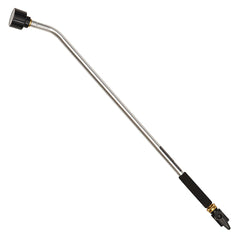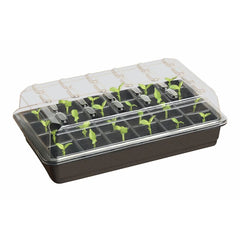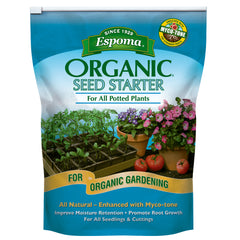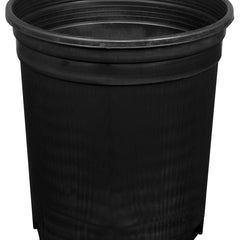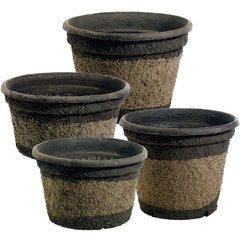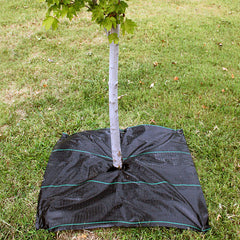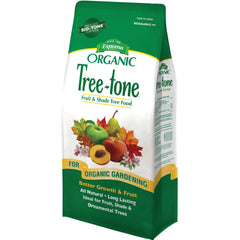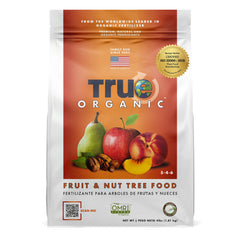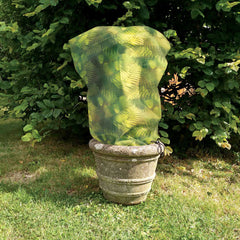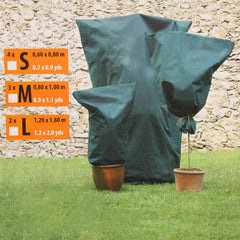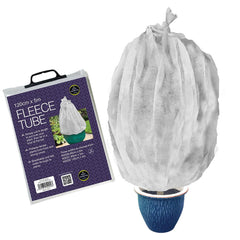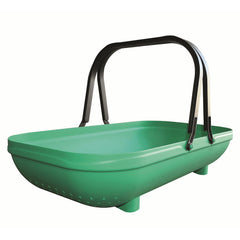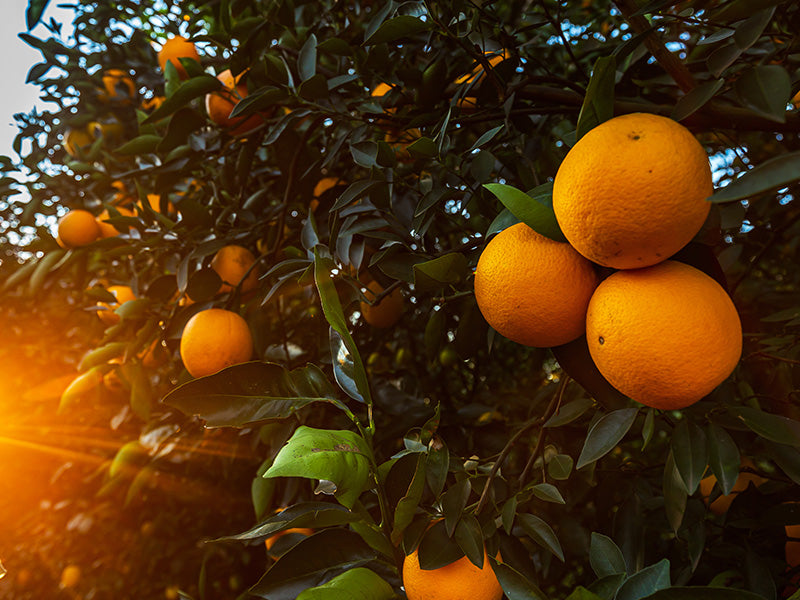
Tree
Orange Tree
USDA Zone: 9–11
Lifecycle: Perennial
Mature Size: 20–30 ft. tall
Native Region: Southeast Asia
Sunlight Requirements: Full Sun
Learn about: Care, Seeding, Planting and Potting, Feeding, Winterizing, Harvesting and Pruning

USDA Zone: 9–11
Lifecycle: Perennial
Mature Size: 20–30 ft. tall
Native Region: Southeast Asia
Sunlight Requirements: Full Sun
Learn about: Care, Seeding, Planting and Potting, Feeding, Winterizing, Harvesting and Pruning
A healthy, bountiful orange tree begins with proper care. Their bright fruits grow best with at least six hours of direct sunlight daily in temperatures between 60 and 90 degrees. Ensure the soil is well-drained and give the trees about one inch of water per week between watering and rainfall. Don’t let the soil get soggy as this can cause root rot.
Check the plants regularly for signs of common orange pests such as spider mites, leafminers and aphids, using pesticides as needed. Also watch for signs of fungal citrus canker such as brown blistering spots. Yellow leaves may indicate overwatering or citrus greening, a bacteria you can control using neem oil.
To grow orange trees from seed, wash the seeds thoroughly and place them in a bowl of water. After 24 hours, dispose of any floating seeds and plant the rest about one inch deep in moist soil. Keep the seeds in a warm, bright spot and place a bag over them to retain humidity. Water the soil to keep it moist and shift the bag daily for airflow. The seeds will germinate in 2-4 weeks, at which point you can move the seedlings to individual containers or the ground.
Orange trees grow best in soil with a pH between 6 and 7. When planting the trees in pots, start with a five-gallon container and increase the size every 2-4 years as needed. Terracotta pots offer the most circulation while fiberglass and resin planters are the easiest to transport.
The best time to plant or repot orange trees is the spring or early fall. The root ball should be about one inch below the surface, and trees in the ground should be spaced 20-30 feet apart. Consider mulching around the base to improve soil moisture and warmth.
Your orange trees need nutrient-rich soil to develop tasty fruit. Mix in potting soil during the initial planting or repotting, then use a balanced or citrus-specific fertilizer. We recommend fertilizing every 1-2 months during the growing season. Watch for signs of nutrient deficiencies such as yellow veins (lack of nitrogen), yellowing between veins (lack of magnesium) and browning on the margins (lack of potassium).
Orange trees tend to be cold-sensitive, so you need to take steps to protect them. Remove all remaining fruit, stop fertilizing and only water when the soil is dry. Add an insulating frost cloth to ground-planted trees in areas where there is frost potential. For container trees, bring them in once nighttime temperatures drop to 40 degrees. Note some orange trees are hardier than others, such as mandarins being more cold-resistant than navel oranges.
By pruning orange trees regularly, you improve light and airflow for better growth. In cooler areas, prune in the fall after the harvest. For year-round growing, prune early in the spring. Remove diseased and dead branches plus any less than one foot from the ground. Pruning for shape is optional.
When to harvest your orange trees depends on the variety. You’ll know the fruits are ready when they are bright and firm with a fragrant smell and consistent color. You can cut the fruit using snips or gently pull it off the branch. Oranges typically last 3-4 weeks in the refrigerator and 1-2 weeks at room temperature.




